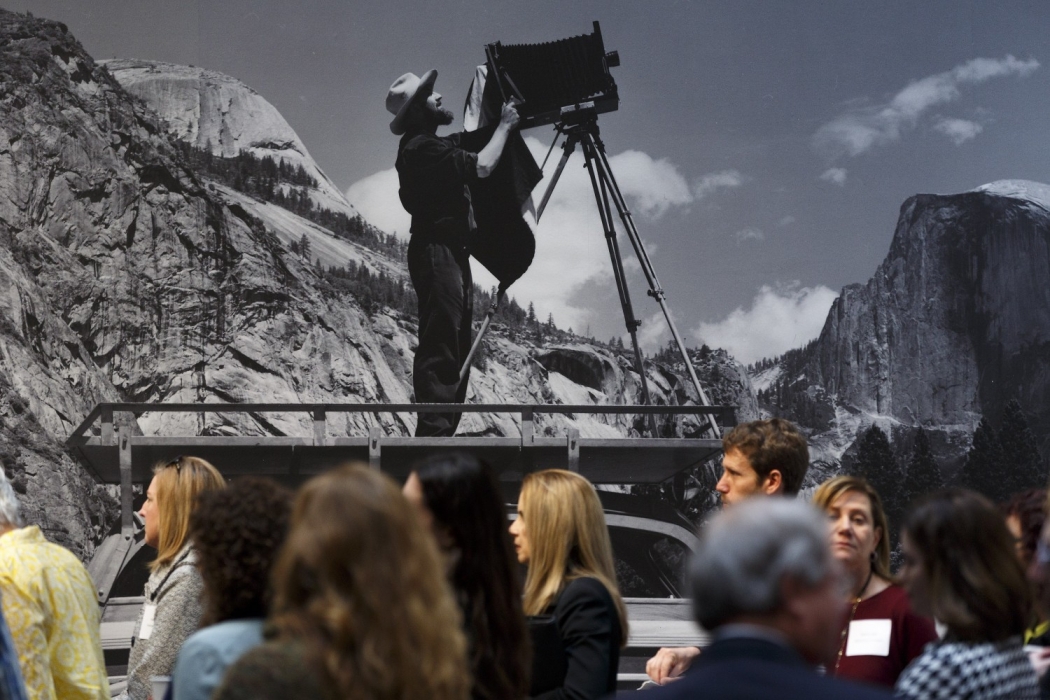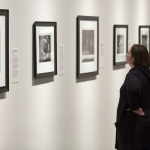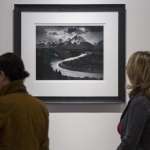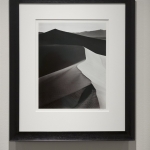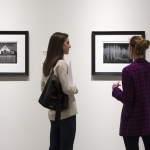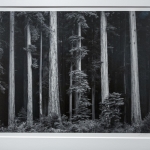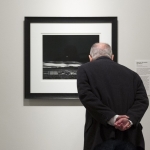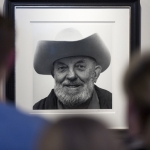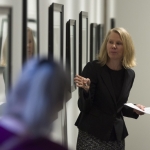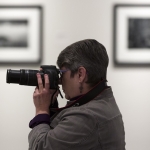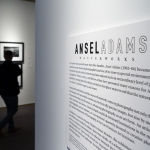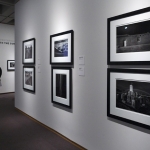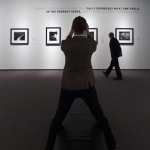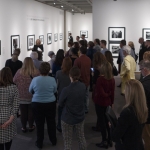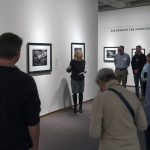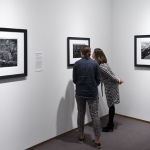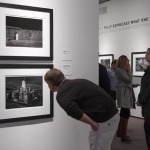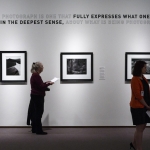Yosemite National Park. The mountains of Sierra Nevada. The redwoods of California — gaze into these photographs, and you’ll be there.
These photos are part of Ansel Adams: Masterworks, a new 48-photo exhibition on the man whose powerful influence on photography is still felt today, and who taught us that place indeed matters. Cary Magazine was invited to take part in a preview of the exhibit before its opening last Saturday.
“We feel extremely fortunate to be able to present this set of photographs, hand-selected and personally printed by the artist himself, to our visitors,” said Linda Dougherty, curator of contemporary art at the North Carolina Museum of Art in Raleigh, which only 15 years ago began its serious collection of photography.
“The featured photographs — breathtaking views and impressive depictions of America’s landscapes — reveal the importance Adams placed on the overwhelming power and beauty of the natural world.”
Adams, at one time in training to become a classical pianist, watches over the exhibit in his final portrait, grizzled and gray at 82, a cowboy hat perched above wise eyes.
Matted in white and set in simple black frames, his images begin with the 1921 “Lodgepole Pines” taken when Adams was 19, at his favorite place, Yosemite.
By 1927, Adams’ move toward pre-visualization and “pure photography” was evident, as he manipulated the contrast between black and white for the sharpest focus.
By the end of the chronological exhibit, in the 1960s, Adams’ five decades of works included lesser-known but equally-skilled portraits of people, and close-ups of nature that almost resemble abstract art.
They include a 1944 photo essay on a Japanese internment camp. Adams described the mountains in “Winter Sunrise” and “Mount Williamson” as metaphoric fortresses for the people living there.
Also an environmentalist, Adams worked as a guide for the Sierra Club, and was an advocate for the national parks system and wilderness preservation.
Although he shot “Moonrise” in just 15 seconds, usually he’d climb to reach the perfect angle on his subject, and wait for the perfect light, Dougherty says. And he preferred a large format view camera.
“Ansel Adams was conscious of composition, and technically precise,” she said. “The exhibition shows the development of his technique. He always said he didn’t take pictures — he made them.
“Adams gave us these iconic images of the grandeur of the American west, to help people see the natural world, not as a record of it, but to convey the emotion of it.”
For the last 15 years of his career Adams stopped producing public photos, instead working on reprinting his works to create the 75-photo Museum Set.
He received the Presidential Medal of Freedom in 1980, and died in 1984.
“In his works, we see this incredible sense of wonder and majesty,” Dougherty said. “He gave us the sense that there is something larger than us that deserves to be examined and respected.”
Ansel Adams: Masterworks is on exhibition at the NCMA through May 7, with multiple related events for the family taking place during this time including a first-ever online course open to the public, offering exclusive content, discussions, and interviews with prominent contemporary photographers.
Exhibition tickets are $18 for adults, $15 for seniors and $12 for youth, with free tickets available to NCMA members. Ansel Adams: Masterworks is ticketed with Glory of Venice, which opens in March featuring paintings from 1470 to 1520, many of which have never been seen in the U.S. Visitors will receive a voucher for the return visit.
For more details, see ncartmuseum.org.



